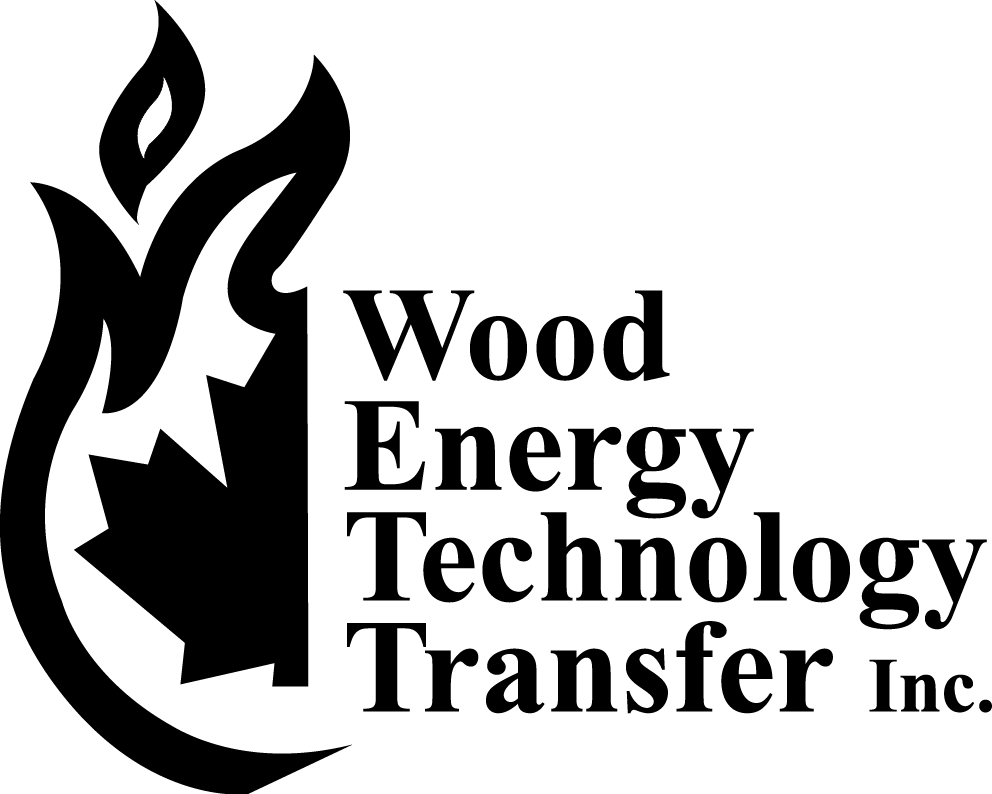Are the Cracks in My Clay Tile Chimney Liner That Big of a Deal?
Reprinted with permission from Steve Sobczak, Total Chimney Care
In the fall and winter, chimneys see pretty extensive use, especially when the home’s heating relies on a fireplace or wood stove. To help keep everything functioning smoothly and safely, the National Fire Protection Association has mandated annual chimney sweeps and inspections. For chimneys experiencing heavier use, more frequent attention could be of benefit. As a homeowner, you must be involved in the inspection process by asking questions and understanding the basics. Request a video scan as part of the inspection and, if the inspector does not mention the condition of the chimney liner, then ask. As it turns out, cracks and gaps in the chimney liner are quite serious!
The chimney serves a vital function for the home, which is to expel toxic fumes produced by the fire out of the home. In an ideal state, hot air filled with smoke and other poisons rises through the chimney, safely away from the living space. To assist in the safe transfer of these fumes, every chimney should contain a chimney liner made of heat-resistant metal or ceramic. This liner acts as a protective barrier, shielding the chimney and house from the hazardous smoke. When the liner is not sealed all the way up, it can start to cause some trouble.
As tiles expand and contract with heat, you may think that a hairline crack is not a problem; it can be. With every heating of the flue, this crack will expand and allow smoke to pass through its opening. If this continues to happen, problems can arise because smoke is a gas. It expands to fill its container/chimney and any surrounding spaces. Therefore, when the smoke rises through the chimney and passes by a gapped seam in the liner, some of the smoke will spread out into that space and will create soot deposits in an unsweepable area OR a stray ember could actually pass through the crack and ignite the soot and lead to a devastating fire.
Aside from this risk, the acidic nature of the chemicals in the smoke will start corroding whatever material it touches, masonry or not. Over time, this acidic deterioration degrades the strength of the individual materials and of the entire structure, which could lead to partial or complete collapse.
Also, over time if this crack is neglected, the crack will fill with soot and creosote and be prevented from fully closing when the chimney cools. This will exert pressure on the neighbouring tiles and this pressure could cause what I like to call the Domino Effect. Pressure from the cracked tile will possibly crack the tile above or below it, and so on and so on.
The other problem with smoke leaking into the chimney cavity behind the tile liner involves the smoke travelling back into the living space. Smoke contains a variety of harsh chemicals, including carcinogens like creosote and soot. Additionally, all types of smoke have the invisible toxin known as carbon monoxide. In high enough concentrations, carbon monoxide in a living space can cause loss of consciousness and even death in a matter of minutes. The movement of air back into the house can also reduce the strength of the draft and even reverse it with a large enough leak. This is made evident by smoke stains on the hearth or face and around the fireplace from smoke backing up into the house.
Fortunately, all of these problems are preventable by annual inspections during your chimney sweeping appointment. The only way for a chimney inspector to properly determine the state of the liner is with a video scan. Regular inspections only reach as far as the eye can see from inside or from the roof, but a video scan reveals every imperfection. Top to bottom.
Repairs could involve resurfacing the inner liner or replacing a chimney liner with a large-bore stainless steel liner that has been mathematically sized for your fireplace dimensions and height, or installing a fireplace insert with full stainless steel chimney liner attached.
In any of the above scenarios, a cracked or broken flue tile renders the chimney non-code compliant and the system should not be used until addressed with a reparation solution geared to your specific needs and problems.
Contact your local WETT-certified chimney professional to get advice on all your chimney needs.

